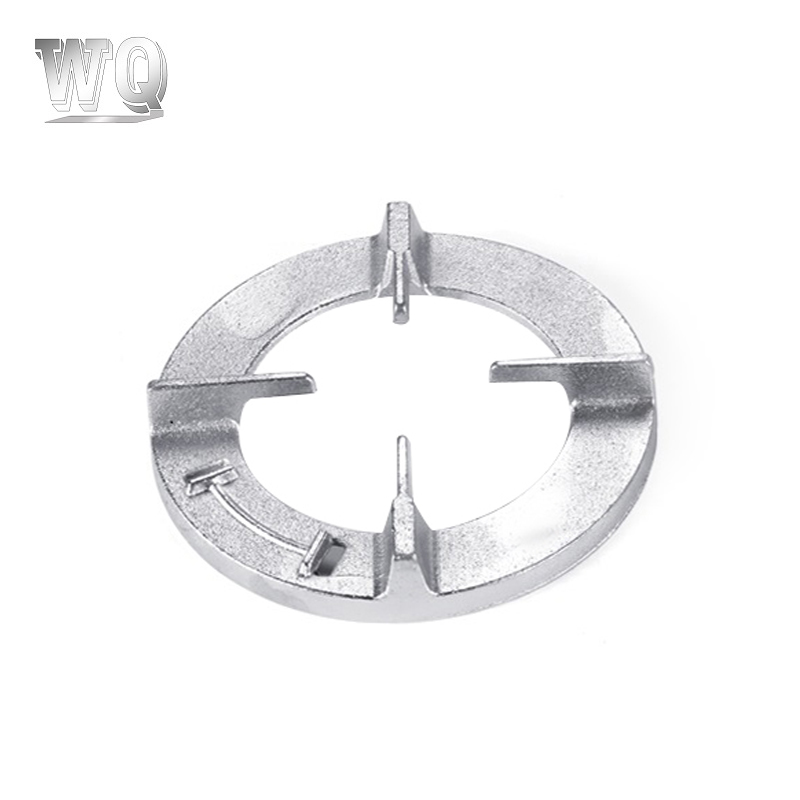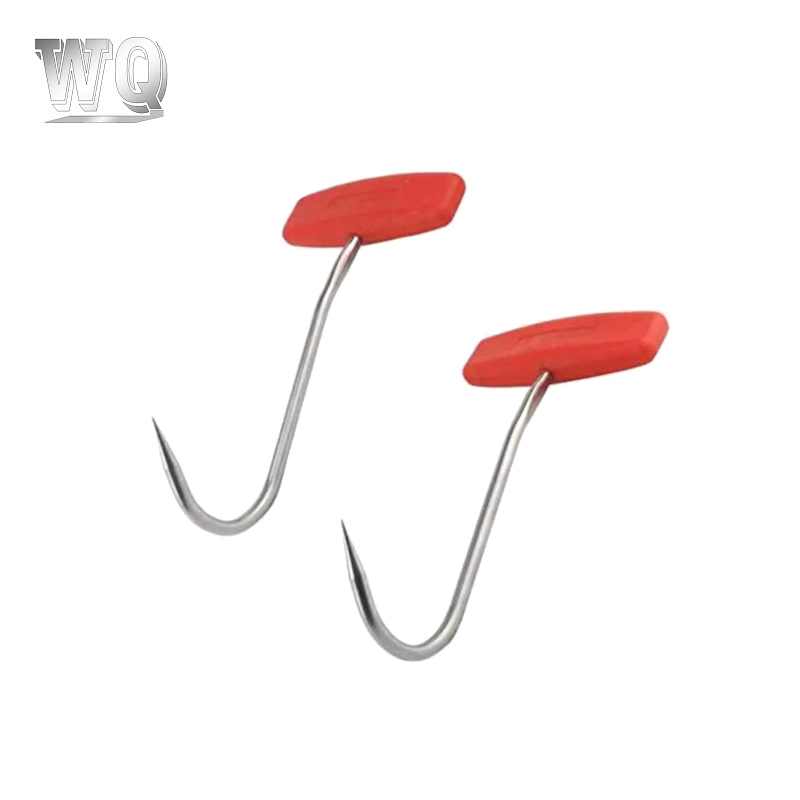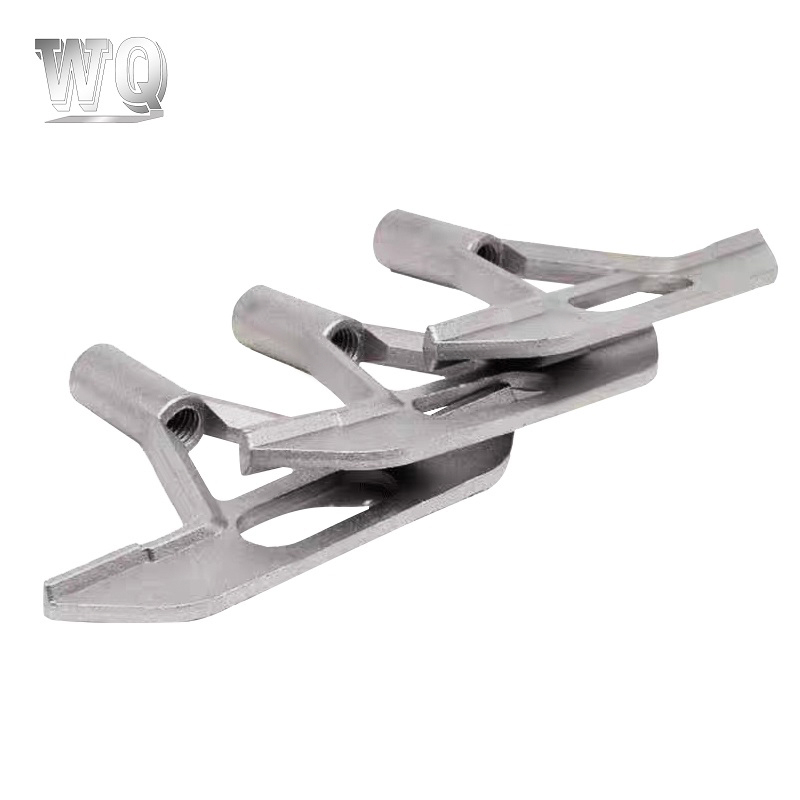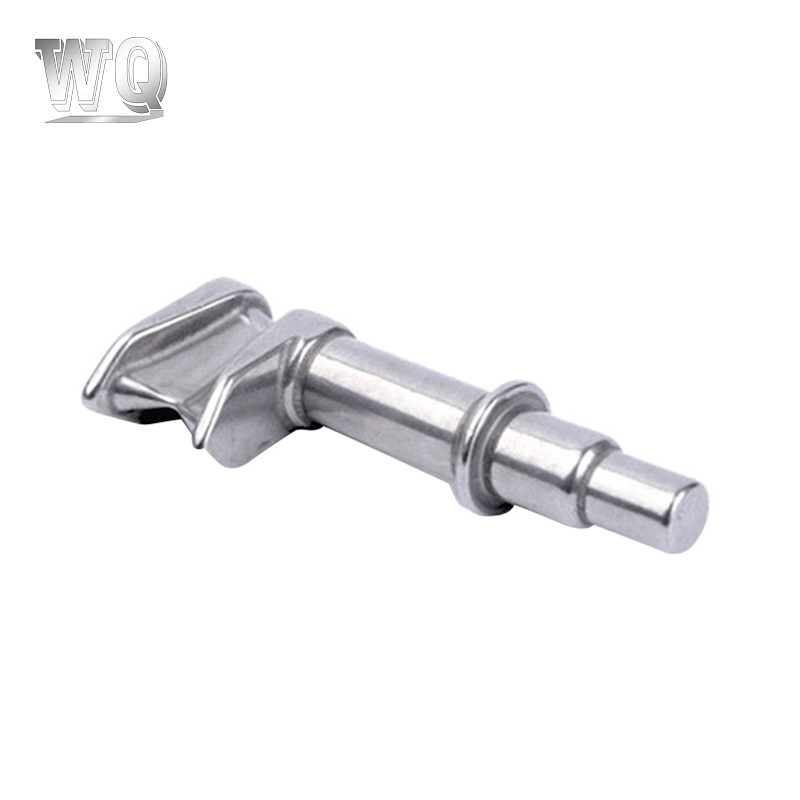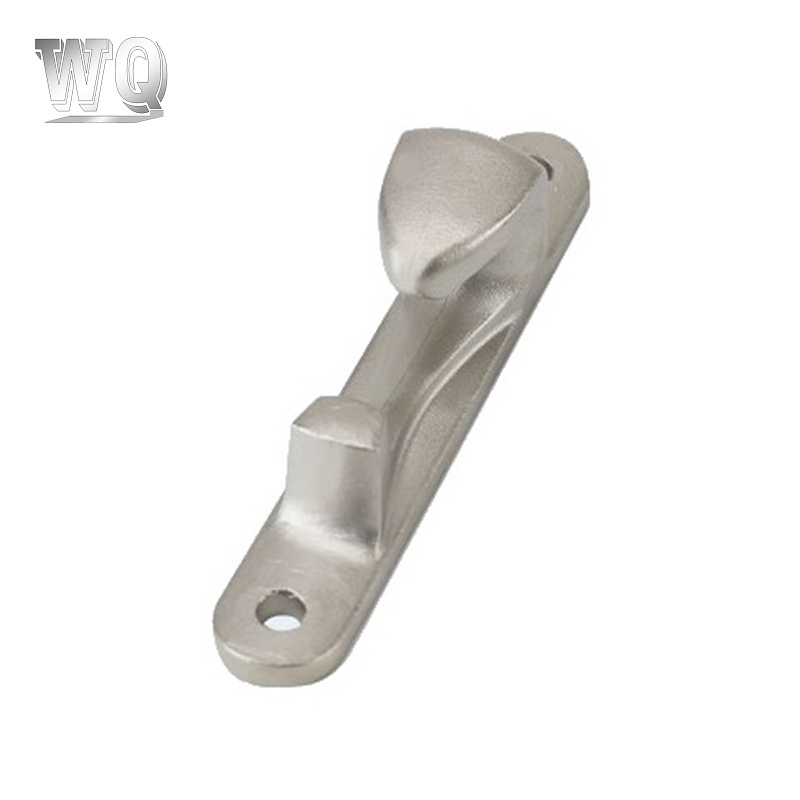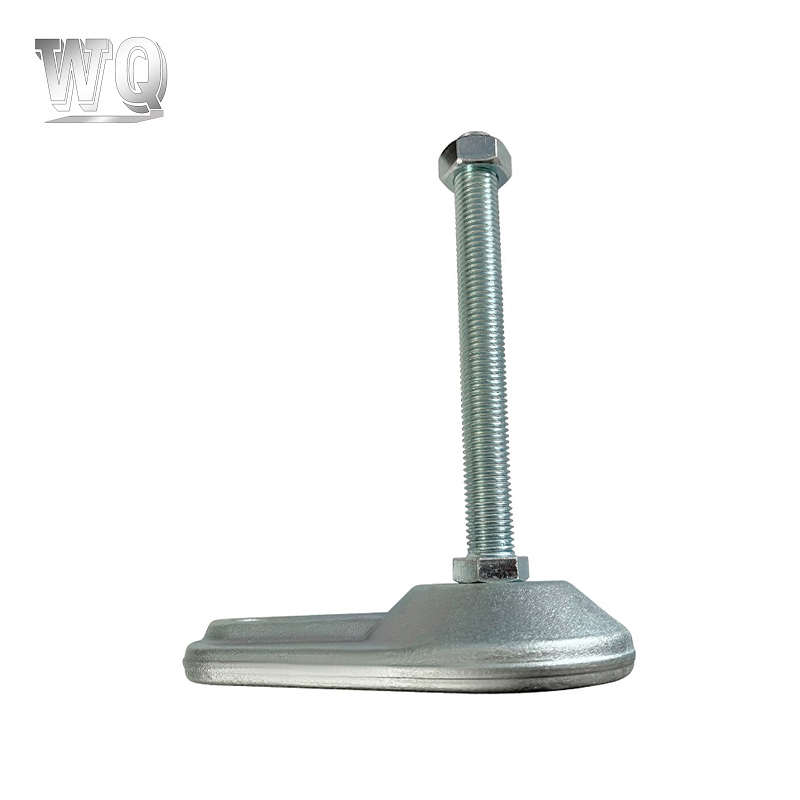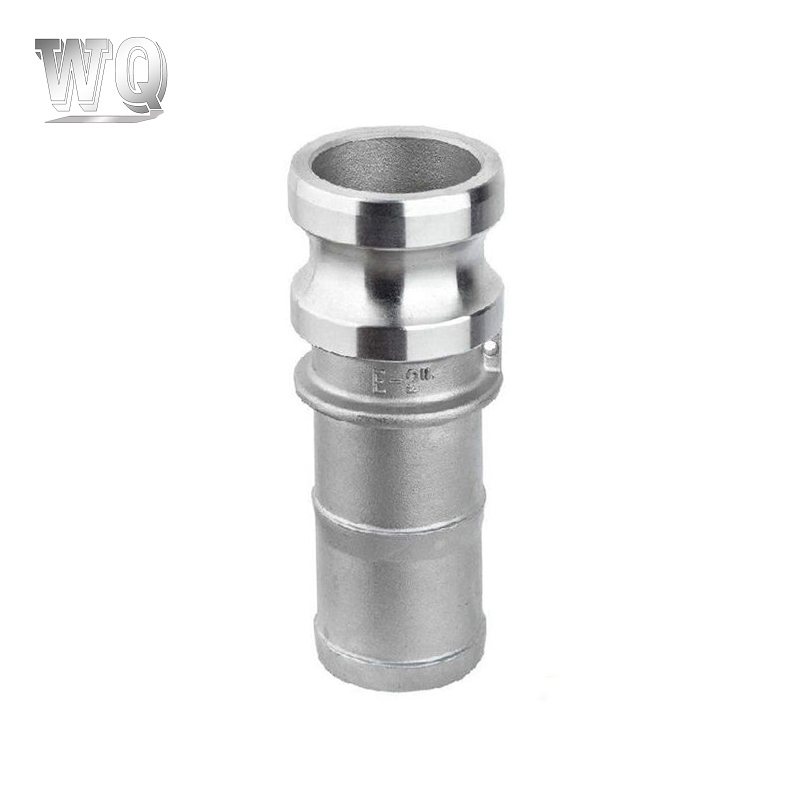Aluminum casting is a widely used manufacturing process in which molten aluminum is poured into a mold to create complex parts with excellent strength, low weight, and high corrosion resistance. Aluminum casting is essential in industries such as automotive, aerospace, electronics, and construction because it allows for the production of parts with precise shapes, thin walls, and good surface finishes. There are several methods for casting aluminum, each suited to different applications, part sizes, and production volumes.
1. Understanding Aluminum Casting
Aluminum casting begins with melting aluminum alloys, followed by pouring the molten metal into a preformed mold. Once the aluminum cools and solidifies, the mold is removed, and the casting is cleaned and finished. The casting process enables the creation of both simple and intricate geometries that would be difficult or expensive to achieve using machining alone.
2. Common Aluminum Casting Methods
a. Sand Casting
Process: A sand mold is created by packing sand around a pattern. Once the mold is ready, molten aluminum is poured into the cavity.
Advantages: Low cost, flexible for large parts, ideal for small production runs.
Applications: Engine blocks, pump housings, brackets, and industrial equipment parts.
b. Die Casting
Process: Molten aluminum is injected into a steel mold (die) under high pressure.
Advantages: High production speed, excellent surface finish, and dimensional accuracy.
Applications: Automotive components, electronics housings, tools, and consumer products.
c. Gravity Casting (Permanent Mold Casting)
Process: Molten aluminum flows into a reusable metal mold under the force of gravity.
Advantages: Stronger castings than sand casting, suitable for mediumvolume production.
Applications: Cylinder heads, manifolds, and highprecision machine parts.
d. Investment Casting (LostWax Casting)
Process: A wax pattern is coated with ceramic to form a mold. Once the wax is melted out, aluminum is poured in.
Advantages: Excellent detail and surface finish; good for complex shapes.
Applications: Aerospace components, medical tools, and artistic or ornamental pieces.
3. Steps to Cast Aluminum Parts
Step 1: Pattern Design
A model of the final part is created using wax, wood, plastic, or metal. This pattern helps shape the mold cavity.
Step 2: Mold Making
Depending on the casting method, the mold can be made of sand, ceramic, or steel. The mold must be precise and designed to withstand high temperatures.
Step 3: Melting Aluminum
Aluminum ingots or scrap metal are heated in a furnace until they reach a molten state (around 660°C or 1220°F).
Step 4: Pouring the Metal
The molten aluminum is carefully poured or injected into the mold. In die casting, this step uses high pressure; in sand or gravity casting, the flow is controlled manually or by tilt mechanisms.
Step 5: Cooling and Solidification
The aluminum cools and solidifies in the mold, taking the shape of the cavity. Cooling times vary depending on part size and mold material.
Step 6: Removing the Casting
Once solid, the mold is opened or broken to remove the cast part. In sand casting, the mold is destroyed; in die casting, it is reused.
Step 7: Finishing
The final part is trimmed, cleaned, and machined if necessary. Burrs, flash, or gates are removed. Surface treatments such as anodizing, painting, or powder coating can be applied.
4. Aluminum Alloys Used in Casting
Different aluminum alloys are used depending on strength, fluidity, and application:
A356: Common in sand and die casting, offers excellent strength and corrosion resistance.
ADC12: Popular in die casting, good fluidity and mechanical properties.
AlSi10Mg: Often used in aerospace and automotive for its strengthtoweight ratio.
AlCu and AlZn series: Used when high strength is needed.
5. Advantages of Aluminum Casting
Lightweight: Aluminum is about onethird the weight of steel.
Corrosion Resistance: Excellent for outdoor and marine environments.
High StrengthtoWeight Ratio: Ideal for transportation and aerospace parts.
Good Thermal Conductivity: Useful in heat sinks and electronic housings.
CostEffective for Complex Shapes: Reduces the need for machining and assembly.
6. Challenges and Quality Control
Casting aluminum parts requires attention to detail:
Porosity: Gas bubbles may get trapped during solidification.
Shrinkage: Volume reduction during cooling may cause defects.
Cracking: Uneven cooling can create stress and fractures.
To avoid these issues, manufacturers use simulation software, vacuum casting, and controlled cooling systems. Quality control includes Xray inspection, ultrasonic testing, and dimensional checks to ensure parts meet specifications.
Casting aluminum parts is a versatile and costeffective method for producing both simple and complex components in various industries. By choosing the right casting process—whether sand, die, gravity, or investment casting—and using the proper alloy, manufacturers can create strong, durable parts with minimal waste. Understanding each step, from mold design to finishing, is key to ensuring highquality aluminum castings for modern engineering needs.
